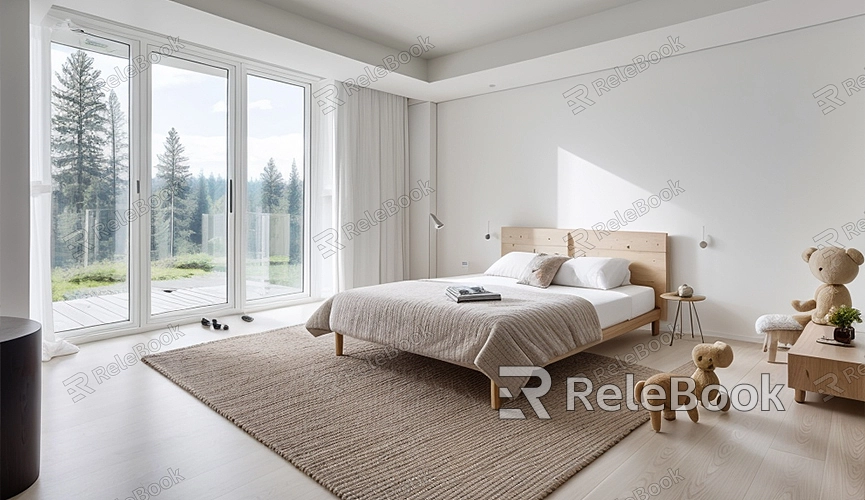How do you get the composite render blender
Blender, renowned for its robust 3D modeling and animation capabilities, includes a crucial feature known as composite rendering, essential for many users aiming to create high-quality outputs. Composite rendering involves combining multiple render layers and effects to produce more complex and refined final images. This article provides a detailed guide on achieving composite rendering in Blender, along with practical tips to optimize your workflow.
Understanding the Basics of Composite Rendering
Composite rendering refers to the process of combining multiple render layers and effects to generate the final image. This method allows for fine-tuning images during post-processing without the need to re-render the entire scene, saving considerable time.

Advantages of Composite Rendering
1. Flexibility: Ability to adjust various parts of the image at any time.
2. Time Savings: Render only the parts that require modification, avoiding re-rendering the entire scene.
3. Increased Complexity: Enhance image quality by adding various effects and adjusting layers.
Setting Up Composite Rendering
1. Enable Compositing Nodes
The first step to composite rendering in Blender is enabling compositing nodes:
1. Open Blender and navigate to the "Node Editor."
2. From the top menu, select "Compositing Nodes."
3. Check "Use Nodes" and "Backdrop."
2. Adding Render Layers
Next, add render layers as follows:
1. In the Node Editor, click "Add" > "Input" > "Render Layers."
2. Depending on your needs, add multiple render layers, each containing different objects or effects.
3. Configure Composite Nodes
After adding render layers, configure composite nodes to combine these layers:
1. Click "Add" > "Color" > "Alpha Over."
2. Connect the output of your render layer to the input of the Alpha Over node.
3. Connect the output of the Alpha Over node to the Composite Node.
Applying Effects and Adjustments
1. Adding Effect Nodes
To enhance image complexity and quality, add various effect nodes:
1. Click "Add" > "Filter" > "Blur" to add a blur effect.
2. Select "Color" > "RGB Curves" to adjust color and contrast.
2. Adjusting Node Parameters
Fine-tune each node according to specific requirements:
1. In the Blur node, adjust parameters like radius and type.
2. In the RGB Curves node, adjust curves to alter color and brightness of the image.
3. Preview Effects
By connecting nodes to the "Viewer Node," preview adjustments in real-time. Ensure all adjustments meet expectations before connecting to the Composite Node for final image generation.
Rendering and Saving the Final Image
After completing adjustments, proceed with rendering and saving the image:
1. From the top menu, select "Render" > "Render Image."
2. Once rendering finishes, select "Image" > "Save As" to save the final image.
Tips for Optimizing Composite Rendering
1. Use Layered Rendering
Layered rendering significantly enhances efficiency. Divide large scenes into manageable parts, render separately, and combine during the compositing stage.
2. Adjust Sampling and Lighting
Optimize sampling and lighting settings to reduce noise and improve image quality. Adjust sampling numbers in "Render Properties" and utilize ray tracing for realistic lighting effects.
3. Utilize Caching Efficiently
Enable caching in "Render Properties" to reduce repetitive rendering time. Regularly clear unnecessary caches to free up memory.
By following these steps, you should be able to achieve composite rendering smoothly in Blender, yielding high-quality final images. For those needing high-quality 3D textures, HDRI environments, or downloadable 3D models for their modeling and virtual scene creation, Relebook offers seamless resources that integrate directly into Blender projects.

